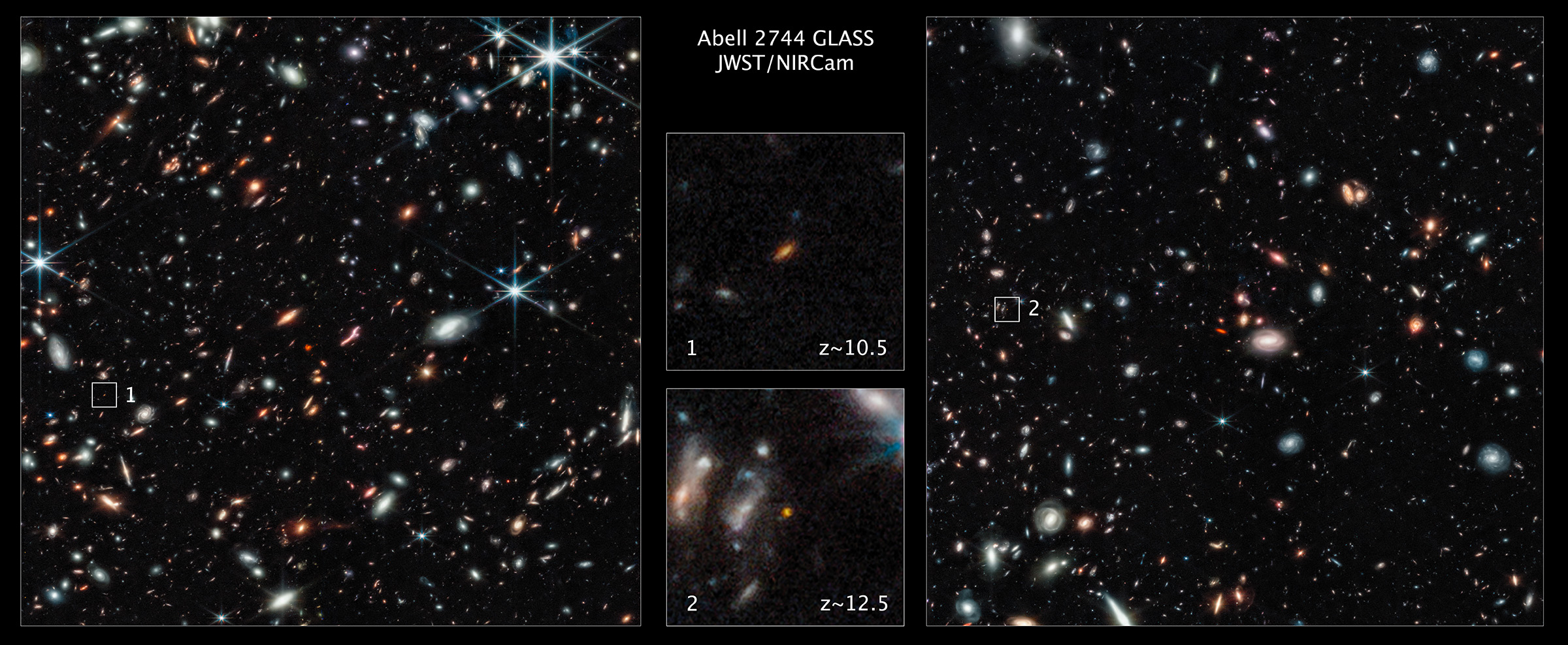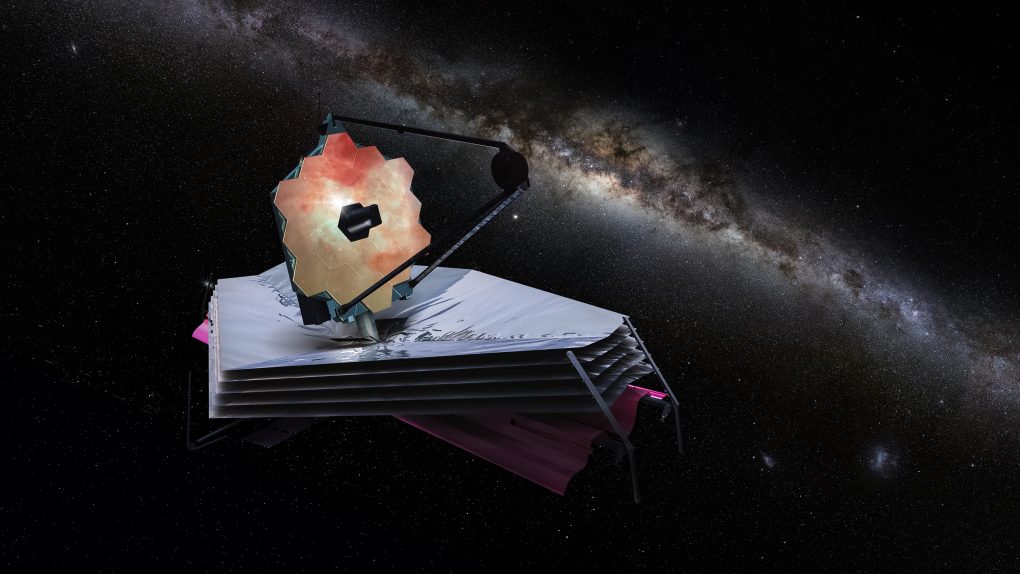James Webb’s first scientific observations are already helping scientists peel back the mysteries of the early universe. Since its launch and the beginning of its operations, James Webb has given us glimpses into the Orion Nebula, and even shown us the most distant galaxies we’ve ever discovered.
This data has created a massive stir within the astronomy community. Partly because it continues to unravel the mysteries of the early universe, and partly because it also baffles scientists. Two exceptionally bright galaxies Webb discovered, for example, are believed to have existed within 300 to 400 million years after the Big Bang, and we have no idea why they’re so bright.
What’s more intriguing, though, is that these galaxies are tiny, smaller than the Milky Way. To showcase some of the amazing discoveries that the James Webb has made, as well as some of the mysteries of the early universe that scientists are currently baffled by, the ESA put together an image of several of those observations.

The space agency breaks down the finer details of the image on its website, but the most important bit to note here is that James Webb is finally started to teach us something. While it has yet to be making observations for a year, the space telescope has seen quite a bit, even capturing a supernova earlier this year. And, with all of that data, we’re able to decipher more of the mysteries of the early universe.
It’s an exciting moment for astronomers and one that many aren’t soon to forget. In the meantime, while we wait on the ESA and others to dig deeper into the data, we can at least appreciate all of the observations Webb has made so far, including this image of a fiery hourglass surrounding a newly birthed protostar that is only around 100,000 years old.








